Spreading plum - the blooming soul of the garden and park
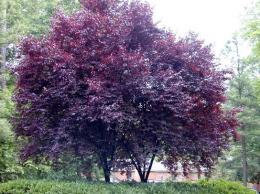
Plum splayed is one of the very common landscape plants, which is widely used to decorate city parks and garden plots. The plant is valued for its decorative properties, but experienced gardeners also note a number of disadvantages of the crop, the main one of which is its insufficient resistance to cold and pests.
Content:
External features
A cherry plum or spreading plum can become an amazing decoration for any green space. Such an unremarkable name is successfully compensated by its synonyms, which gardeners lovingly endowed it with: cherry plum, because the juicy fruits are very similar to cherries, and also splayed, which is due to the growth characteristics of its branches.
Its dark red and purple foliage is associated with the legendary Japanese cherry blossom, glorified throughout the world in the mysterious haiku. It is this exotic color and the original appearance of the crown of all shades of lilac that greatly expand the range of uses of plum plum: from fruitful gardens of the southern regions and agricultural lands of the middle zone to landscape design of urban landscapes. The crown of the bush grows widely and tapers towards the top.
Brick-red or purple prickly shoots are decorated with white flowers in spring, which bloom before the leaves appear on the branches.Despite the special love for this colorful plant crop, many gardeners, breeders and landscape designers note insufficient winter hardiness of the tree.
Places of growth
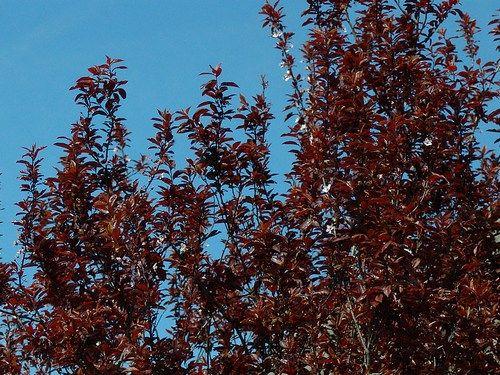
This is a very valuable and colorful tree (shrub), characteristic of the southern gardens of Eurasia. All types of spreading plum can be found in green spaces of the Crimea, the Caucasus, Asia Minor and even Siberia. It is under the gentle southern sun that the cherry plum blossoms in lush color and delights with juicy fruits in abundance. In central Russia, plums sometimes freeze slightly, so sometimes they need additional care, which will be discussed later.
Growing conditions
Cherry plum grows quickly for 15 years, after which the growth of branches stops and fruiting becomes the main stage of the life cycle.
Prunus plum trees and shrubs tolerate drought and hot winds typical of steppe regions quite well. It is good and comfortable for plums to grow in soft clay soil, although this is not of fundamental importance for good fruiting of the tree.
All types of plums splayed well tolerate urban conditions with their pollution and increased air temperature due to highways.
Cherry plum is very valuable for landscaping parks and gardens of megalopolises, because it begins to bloom in early spring, and the crown is decorated with abundant lush flowers. Therefore, designers willingly grow young shoots in greenhouses and plant them near the ground in general landscape compositions. Plum bushes look very picturesque as hedges in city parks, stone gardens and landscaped lawns.
Also all types of plum spread Thanks to their unique beauty and the growth characteristics of the branches, they are successfully used by Michurin’s followers for planting as tapeworms - plants that look beautiful when growing alone on the lawn. The spreading plum, growing away from the main landscaping complex, retains its slender shape and unique appearance, making a successful and soft accent in the entire landscape. That is why the spreading plum can be safely recognized as the blooming soul of a garden or park.
Among the main dangers that await gardeners on the way to a lush plum garden are the pests of the leaf beetle, the moth, the classic aphid, the nun silkworm, the scale insect, as well as diseases: hole spot and black spot.
Useful properties in folk medicine
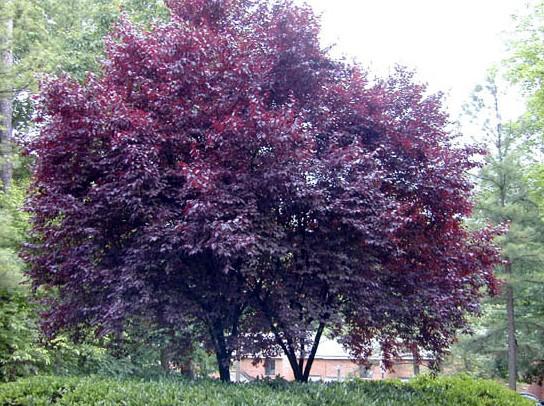
In addition to the pleasure of sweet juicy fruits, cherry plum brings many benefits to human health, because it is rich in citric acid and pectin. For decoctions and tinctures, folk healers and ordinary people use:
- fresh and dried cherry plum fruits - to improve the functioning of the gastrointestinal tract
- flowers – for the treatment of liver and kidney diseases
- twigs - for healing the stomach, removing toxic substances and generally toning the body
Particularly useful decoctions with plums spread in combination with freshly squeezed lemon juice and rosehip tincture. Contraindications include high acidity, gastritis and gastric ulcer.
Rules for planting and care
- It is better to plant plums in places in full sun. The shoots should not be flooded so that the water stagnates. For rapid growth, lime or dolomite flour is added to the soil of turf soil, humus and sand. A drainage layer of 10 cm of crushed stone is allowed.After the first watering, the soil settles and the root collar should remain at ground level.
- Feeding the trees early spring, sometimes additionally early autumn. The fertilizer includes mullein, urea, and ammonium nitrate.
Cherry plum tolerates short-term drought well, but regular watering is necessary at the rate of 1 bucket of water per 1 square meter of crown. Dry branches are pruned in winter and early spring before the buds open. Hedges are trimmed in spring and late summer 4-5 times a season.
Lush flowering to your garden and juicy fruits on your table!
Educational video about the splayed plum:
Interesting information about the vegetable garden

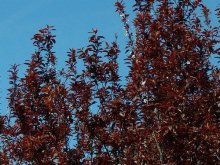

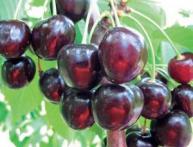

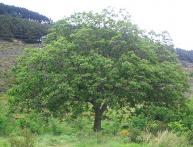
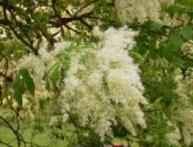
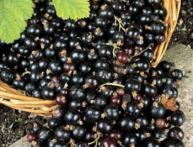
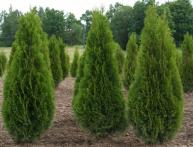
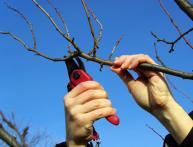
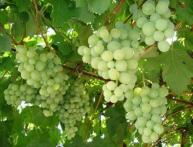
Comments
I have these growing on the border with a neighbor’s property, they are very beautiful and replace a hedge. In hot weather you have to water it, otherwise it immediately withers.